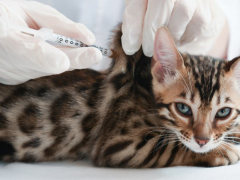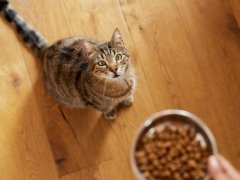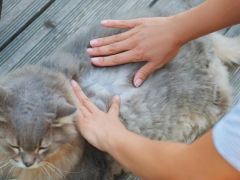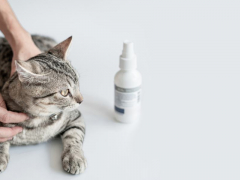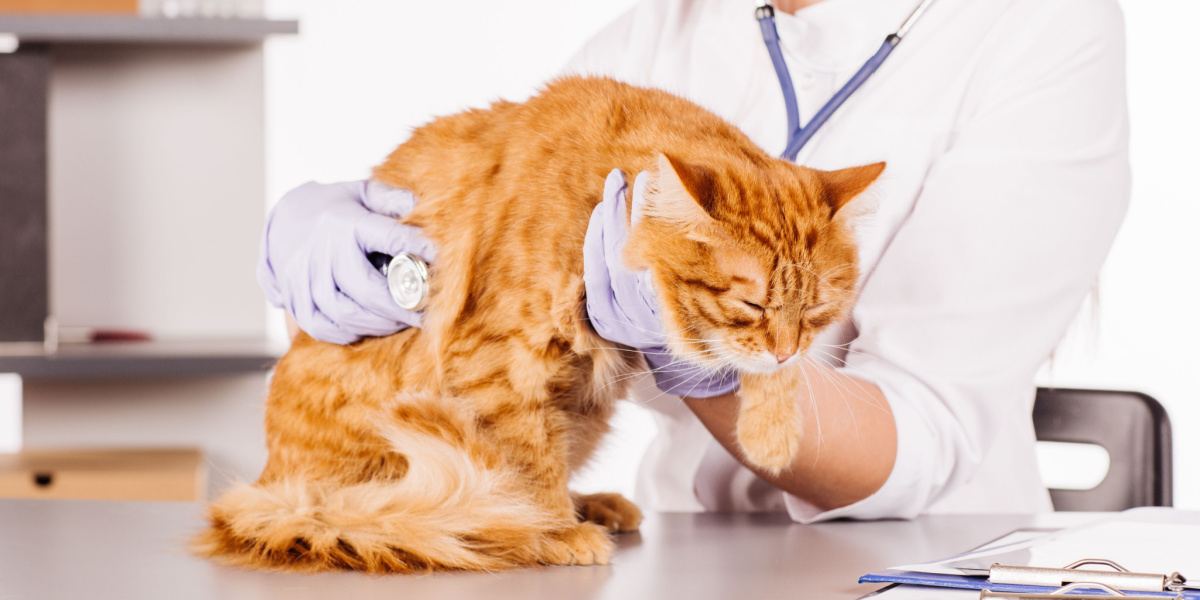
Robenacoxib for cats is the generic name for Onsior, a nonsteroidal anti-inflammatory drug (NSAID) medication that is FDA-approved for use in cats. In this article, you’ll learn what robenacoxib is, how it works, when it’s used, safety concerns and adverse effects, and some commonly asked questions.
Robenacoxib for Cats Overview

About Robenacoxib for Cats
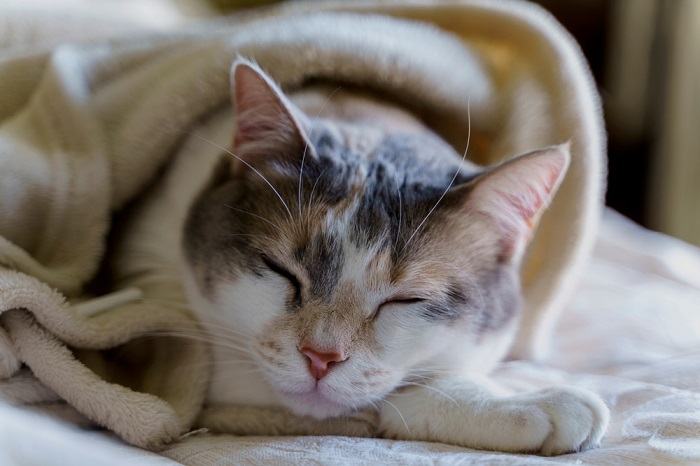
Onsior (robenacoxib) is the first and only FDA-approved NSAID for use in cats.
Onsior is the brand name for robenacoxib, a nonsteroidal anti-inflammatory drug (NSAID) produced by Elanco Animal Health. It is FDA-approved for use in cats to relieve pain and inflammation in cats undergoing spay, neuter, or orthopedic surgical procedures.
Robenacoxib, in the coxib class of NSAIDs, is what is known as a COX-2 selective NSAID. There are two cyclooxygenase (COX) enzyme pathways in the body, termed COX-1 and COX-2. COX-1 is involved with normal physiologic function, especially of the stomach, kidneys, and platelets. COX-2 is involved more with inflammation within the body.
NSAIDs have the ability to block the COX pathways. In this way, they can reduce inflammation and the pain that inflammation causes. Think of when you take an NSAID like ibuprofen. The drug is blocking parts of this inflammation pathway to reduce swelling and pain when you rolled your ankle or sprained your back from lifting that 50-pound box of cat litter.
But there’s a trade-off in blocking the COX pathways. NSAIDs may block COX-2, providing pain and inflammation relief, but they also block COX-1, which the body actually needs to function normally. It is the blockage of COX-1 that can lead to concerns like stomach ulceration, kidney damage, and problems with normal blood clotting.
Pets are extremely sensitive to the effects of NSAIDs, which led to the need to research NSAIDs that were more selective to block inflammation of the COX-2 enzyme pathway while preserving as much function of the COX-1 enzyme pathway as possible, reducing side effects. Cats, even more so than dogs, are sensitive to NSAID effects.
Robenacoxib is the first NSAID FDA-approved for use in cats and is considered a COX-2 selective (and COX-1 sparing) NSAID. In cats, it is considered to be about 500 times more selective for COX-2 versus COX-1.
Also Read: Meloxicam For Cats: Dosage, Safety & Side Effects
What Does Robenacoxib Do for Cats?
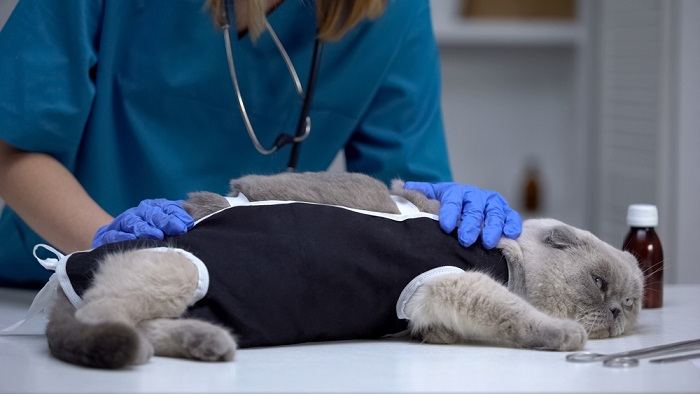
Robenacoxib is labeled for use to control postoperative pain and inflammation, but veterinarians also prescribe it for other painful conditions, such as a traumatic injury.
In cats, Onsior is labeled for control of postoperative pain and inflammation associated with orthopedic surgery, ovariohysterectomy (spay), and castration (neuter).
As far as its labeled use, Onsior is approved to be used for up to three days after these surgical procedures. It is important to note that even though there is some risk of side effects, as will be discussed soon, robenacoxib was found to provide better pain relief for the first eight hours after surgery compared to the pain medication buprenorphine.
Given that Onsior is the only FDA-approved NSAID for use in cats and is the safest one available, it is very common for veterinarians to also prescribe robenacoxib for other conditions causing pain and inflammation, such as a traumatic injury.
Also Read: What Can You Give A Cat For Pain? 6 Vet-Recommended Options
Side Effects of Robenacoxib for Cats
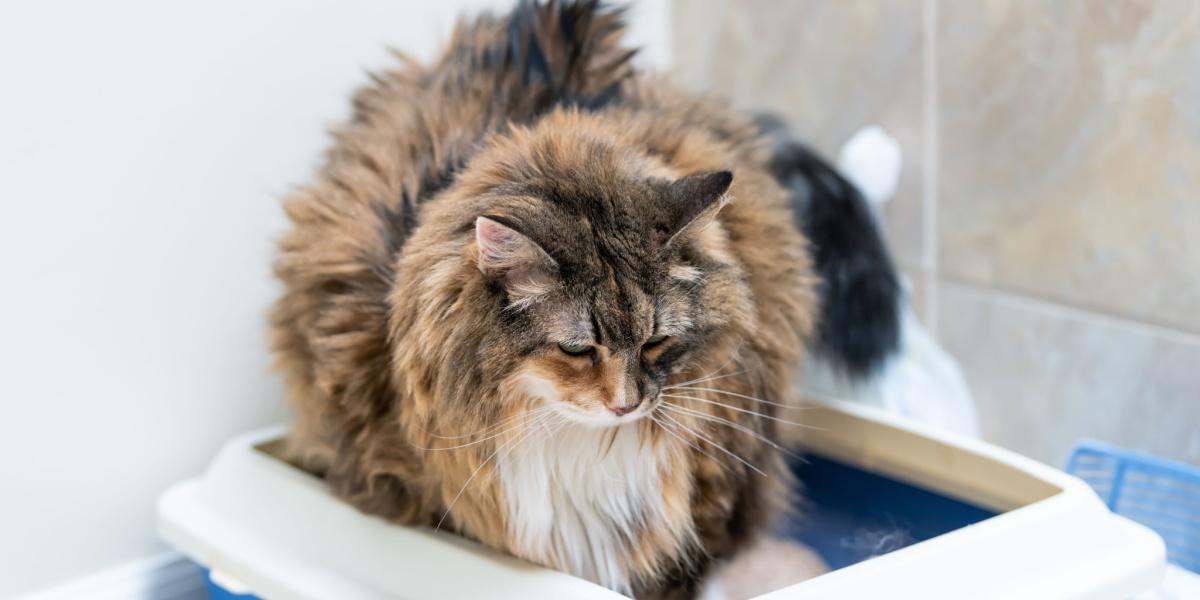
Side effects are possible with robenacoxib, but the risks are greatly reduced when compared to other NSAIDs.
Although robenacoxib is very COX-2 selective, meaning that the risk of side effects is greatly reduced compared to use of other NSAIDs, the risk of adverse effects is certainly still present.
Generally, side effects that can be seen with NSAID medications can include gastrointestinal upset, stomach ulceration, kidney toxicity, liver toxicity, and bleeding.
In cats, the most common adverse reactions reported by the manufacturer include transient, mild diarrhea and soft stool, decreased appetite, lethargy, and vomiting.
Some complications of a surgical site or at the site of injection from injectable robenacoxib might be seen, including bleeding and inflammation.
According to a controlled field study evaluating safety of robenacoxib, out of slightly more than 160 cats, an average of about three to four cats showed these side effects, suggesting that robenacoxib is still well-tolerated in a majority of cats when dosed appropriately.
Very uncommon effects reported include blood in the urine, hair loss, respiratory distress, incoordination, and death. Cases of death are thought to be related most often to kidney failure.
It’s important to note also that these potential side effects are noted in healthy cats. Side effects might be more likely if a cat is dehydrated, on a diuretic (such as furosemide for heart disease), or has pre-existing kidney, heart, or liver dysfunction.
Overdoses of any NSAID can increase the risk for serious side effects like gastrointestinal tract ulceration, kidney and liver damage, and bleeding from altered platelet function.
Also Read: Cat Digestive System: Anatomy, Diseases, & Treatment
In healthy young cats, doses of both two times and five times the labeled dose of injectable robenacoxib did not result in significant side effects. Safety trials, also in healthy young cats, given five times the labeled dose for 30 days also did not lead to generally significant effects on health or labwork parameters.
Treatment of toxicities or overdoses often include gastrointestinal protective agents to treat or protect against ulcers, diuresis of the kidneys with intravenous fluids, and other supportive care as needed. Some cases might require hospitalized care.
Robenacoxib might interact with a few different types of other medications. However, the most important precautions are that robenacoxib cannot be given with any other NSAID (including baby aspirin) or a corticosteroid (like prednisolone or budesonide).
If multiple NSAIDs are used together, or if NSAIDs and steroids are used together, this greatly increases the risk for toxicity effects, especially of the digestive tract.
Always make sure to discuss medications your kitty is on with your veterinarian when considering robenacoxib use.
If you are ever concerned that your kitty might have developed side effects while using robenacoxib, if an overdose is suspected, or if there is concern it may have been used with another NSAID or a steroid, make sure to contact your veterinarian, the ASPCA Animal Poison Control Center (1-888-426-4435), or Pet Poison Helpline (1-855-764-7661) immediately for further advice.
Also Read: Drug Poisoning In Cats: Causes, Symptoms, & Treatment
Robenacoxib for Cats Dosage
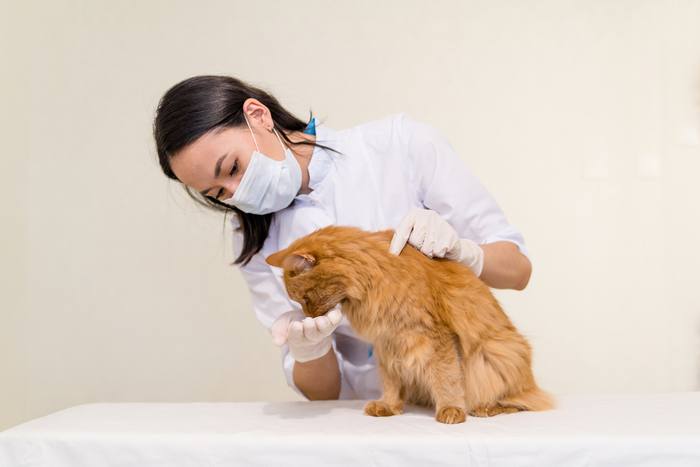
Onsior is only labeled for use for a maximum of three days, with doses given once every 24 hours
Onsior is only approved for use in cats 4 months of age or older, and weighing at least 5.5 pounds. According to the manufacturer, cats weighing less than 5.5 pounds cannot be dosed accurately with the oral tablets, as the tablets are not intended to be cut or divided.
Onsior’s labeled dose per the manufacturer is one 6 milligram tablet for cats weighing 5.5 to 13.2 pounds. For cats weighing 13.3 to 26.4 pounds, two tablets are used.
Onsior is only labeled for use for a maximum of three days, with doses given once every 24 hours. The Onsior tablets come in blister packs of three tablets in keeping with this labeled dose.
Tablets may be given with or without food, though giving without food (or a very small amount of food or a treat) might help to increase absorption of the medication.
An injectable form of the robenacoxib brand Onsior is also available, and it is very common for this dose to be used in a veterinary setting prior to or during a surgery when appropriate, to ensure that pain relief is provided prior to the start of recovery.
There are a couple of off-label uses for robenacoxib, including use for six days for acute pain, and up to 28 days for chronic pain. Reportedly, cats suffering from osteoarthritis tolerated appropriate doses for this length of time, including some cats with chronic kidney disease, without noticeable side effects or changes on lab work panels.
With any NSAID, longterm use needs to be discussed in terms of benefits of pain and inflammation relief outweighing risks of side effects. This might differ from cat to cat, and is a discussion that needs to be had individually with an attending veterinarian.
Also Read: Early-Age Spaying & Neutering Of Cats
Robenacoxib for Cats: Final Thoughts
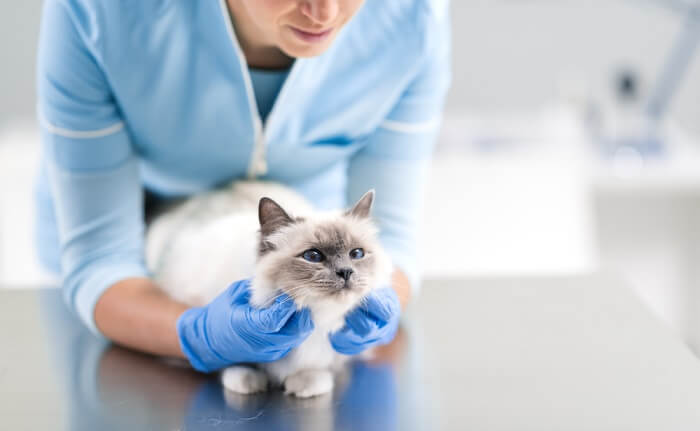
Robenacoxib provides good pain relief for cats and is well-tolerated by most cats.
Robenacoxib, the generic name for the drug Onsior, is known as the safest NSAID medication available for use in cats, with the lowest risk of side effects. It has also shown to be crucial to providing good pain relief for cats, especially following surgical procedures. It is well-tolerated by a majority of cats when dosed appropriately for short periods, especially in younger, healthy cats.
However, side effects can occur with any NSAID. Closely monitoring your cat while using robenacoxib as well as staying in touch with your veterinarian if any adverse effects are seen are important considerations with its use.
Drug Dosing Disclaimer: We are only able to provide doses for medications that are FDA approved for use in cats and only as the label guidelines dictate. For medications that are used off-label we can only provide guidelines and safety information for use. Safe and appropriate dosing for off-label medications can only be determined by a primary care veterinarian.
We encourage you to work with your veterinarian to determine if a particular medication is appropriate for your cat. Changing or adjusting a dose for your cat on your own without consulting with a veterinarian can carry risk. We do not encourage use of medications prescribed for human use in pets without first consulting with a primary care veterinarian.
